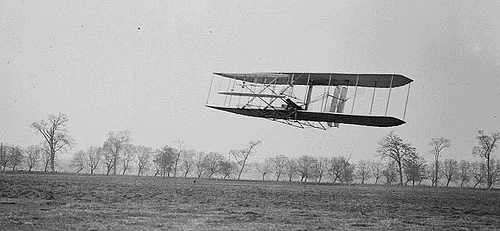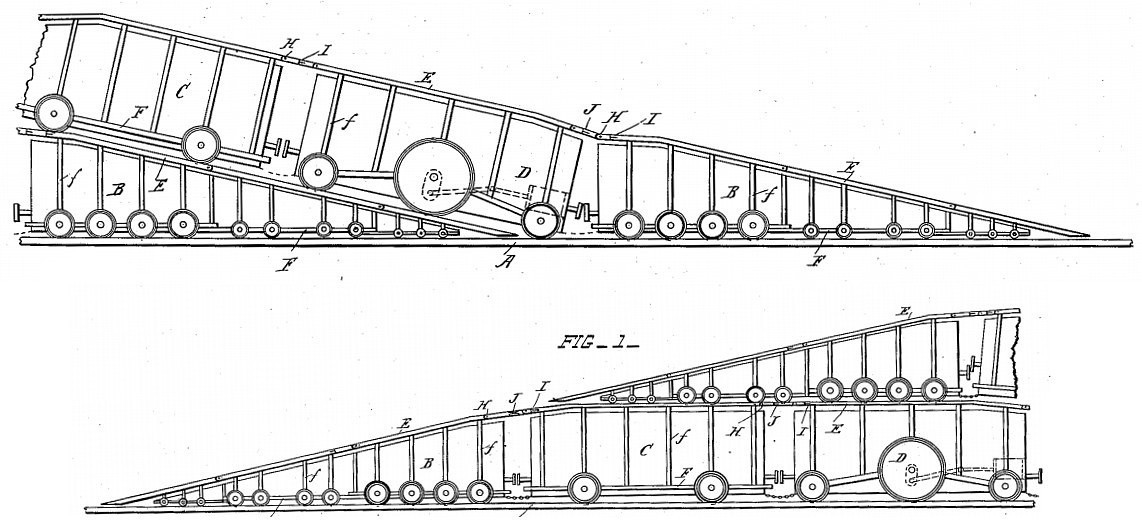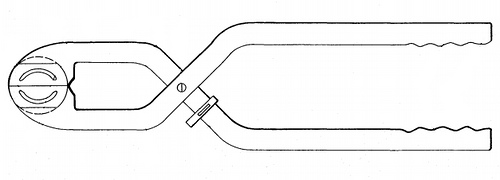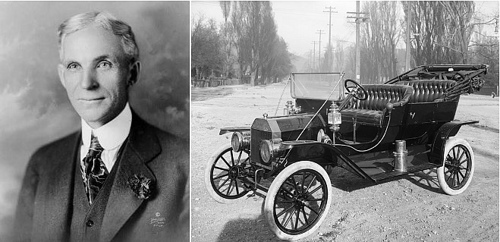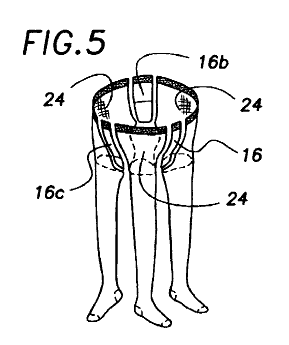H.G. Wells’ 1914 novel The World Set Free is not his best known, but it’s certainly his most prescient — he predicted nuclear weapons:
She felt torn out of the world. There was nothing else in the world but a crimson-purple glare and sound, deafening, all-embracing, continuing sound. Every other light had gone out about her, and against this glare hung slanting walls, pirouetting pillars, projecting fragments of cornices, and a disorderly flight of huge angular sheets of glass.
The novel imagines an invention that accelerates radioactive decay, producing unthinkably powerful bombs. (Wells even dedicated the novel “to Frederick Soddy’s interpretation of radium.”)
This application was far ahead of the science of the time — physicist Leó Szilárd later said it helped inspire his own conception of a nuclear chain reaction.
If that’s not impressive enough: In Wells’ novel, allies drop an atomic bomb on Germany during a world war in the 1940s!
